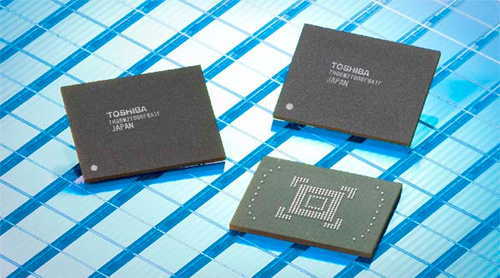After setting records for pre-orders on the iPhone 4, analysts began to speculate how Apple's iPhone installed base will clime, and how many new customers they can actually pick up. With the new design, faster processer, new camera system, and the new features of iOS 4, Apple's install base could rise up to 100 million by end of 2011. What it really comes down to, is how many New Customers Apple can pick up vs the amount of current customers who upgrade from their previous iPhone. AT&’s new tiered data pricing can also make iPhone’s more affordable for people.
She estimates that if 30% of current iPhone owners upgrade this year, Apple will sell 42 million units in 2010. If 50% upgrade, it will sell 48 million. In her model, the iPhone installed base rises from about 30 million at the end of 2009 to 100 million by the end of 2011.
"We believe there are several key drivers of iPhone upgrades," she writes. And she ticks them off. In her words:
1. Redesigned hardware with many new important features
2. "Stickiness" of the installed base due to App store and iTunes
3. 57% of U.S. installed base is not fully upgradeable to iOS4 (i.e. no multitasking)
4. Early upgrade incentives from AT&T
5. Maturation of the installed base.
------
After record breaking pre-order sales, and crashed servers due to overwhelming demand, many analysts are beginning to wonder if AT&T's network can handle the iPhone 4. Especially with iOS 4's multitasking, a user could stream all the audio he wants in the background, which could put a strain on the network. However, it is also important to remember that a majority of the iPhone 4 sales will come from users upgrading from their current iPhone device. It will be interesting to see how the AT&T network actually holds up to iPhone4 sales in the coming months
------
Toshiba has announced that they have launched the largest embedded NAND flash memory modules. Eventually, these chips could make thier way into iPods, iPhones, and even iPads. It is just a matter of time before Apple implements them. The modules ship this September, the same time Apple usually holds an iPod event...
Toshiba Corporation (TOKYO: 6502) today announced the launch of a 128-gigabyte (GB) embedded NAND flash memory module, the highest capacity yet achieved in the industry. The module is fully compliant with the latest e •MMCTM standard, and is designed for application in a wide range of digital consumer products, including smartphones, tablet PCs and digital video cameras. Samples will be available from September, and mass production will start in the fourth quarter (October to December) of 2010.
The new 128GB embedded device integrates sixteen 64Gbit (equal to 8GB) NAND chips fabricated with Toshiba's cutting-edge 32nm process technology and a dedicated controller into a small package only 17 x 22 x 1.4mm[3]. Toshiba is the first company to succeed in combining sixteen 64Gbit NAND chips, and applied advanced chip thinning and layering technologies to realize individual chips that are only 30 micrometers thick.
Toshiba now offers a comprehensive line-up of single-package embedded NAND Flash memories in densities from 2GB to 128GB. They integrate a controller to manage basic control functions for NAND applications, and are compatible with the JEDEC e •MMCTM Version 4.4 and its features. New samples of 64GB chips will also be available from August.
Demand continues to grow for large density chips that support high resolution video and deliver enhanced storage, particularly in the area of embedded memories with a controller function that minimizes development requirements and eases integration into system designs. Toshiba has established itself as an innovator in this key area, and is now reinforcing its leadership by being first to market with a 128GB generation module.

------
MacRumors is repoting that the iPhone 4 will have double the RAM of the iPhone 3GS and iPad. The original iPhone, and the iPhone 3G had 128MB of RAM. When the 3GS was introduced, it had doubled to 256MB, and now the iPhone 4 (if true) features 512MB of RAM. The added RAM should help with the overall performance of the device, but it also makes sense on why the iMovie app is only for the iPhone 4.
We have since heard that the upcoming iPhone 4's RAM has again been upgraded. This will bring it to a total of 512MB of RAM, twice as much as the 3GS and iPad. This number actually contradicts tear down photos of a prototype iPhone 4 that was leaked to the internet. An analysis of that prototype device showed it only carried 256MB of RAM. The 512MB figure, however, does agree with a Digitimes report from May 17th that confirmed a 960x640 screen resolution, thinner display, and indeed 512MB of RAM. We had heard that Apple confirmed this 512MB figure during one of the WWDC sessions last week, and have now verified this. The session it was revealed in is now available (Session 147, Advanced Performance Optimization on iPhone OS, pt 2) for registered Apple developers.
















